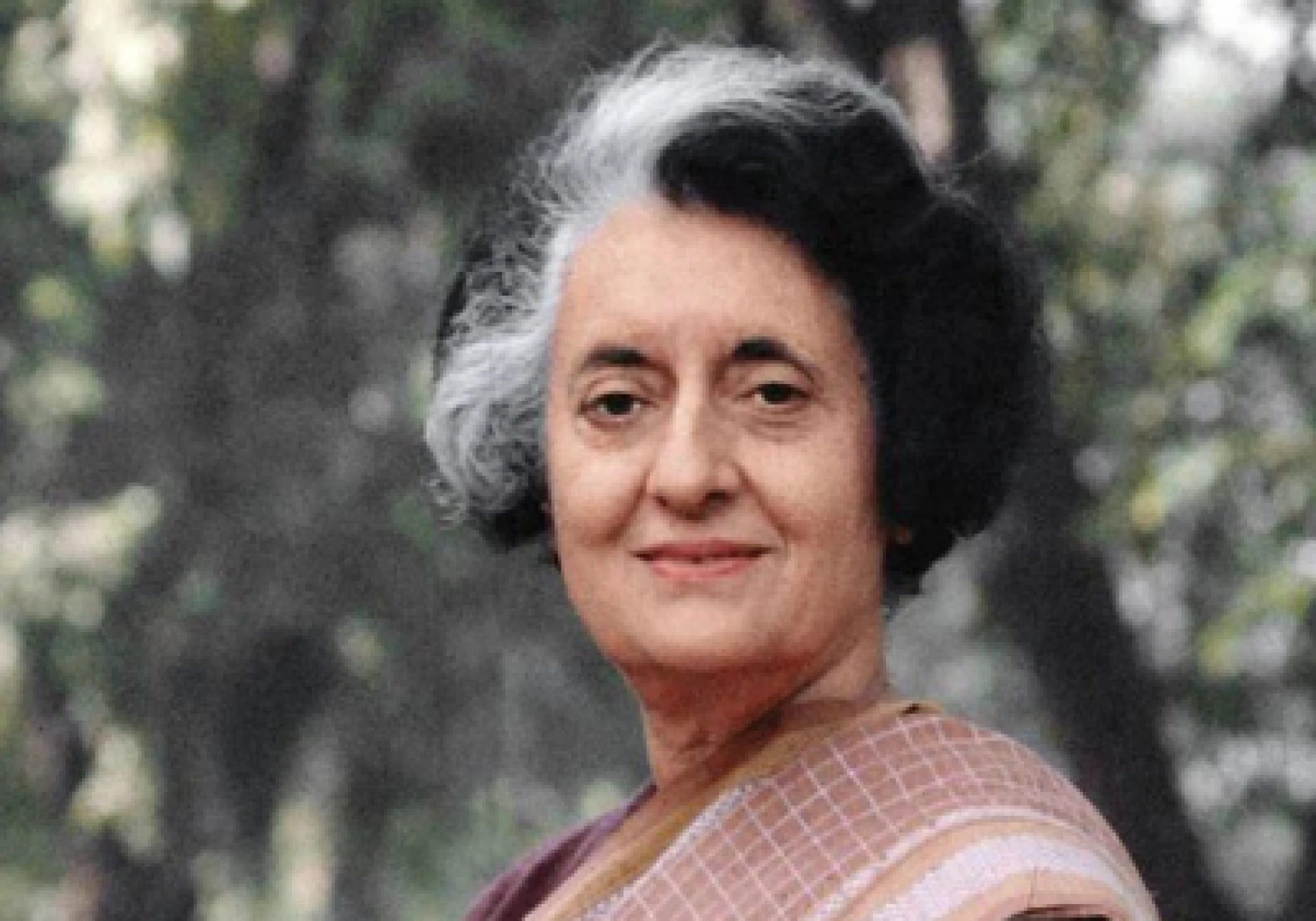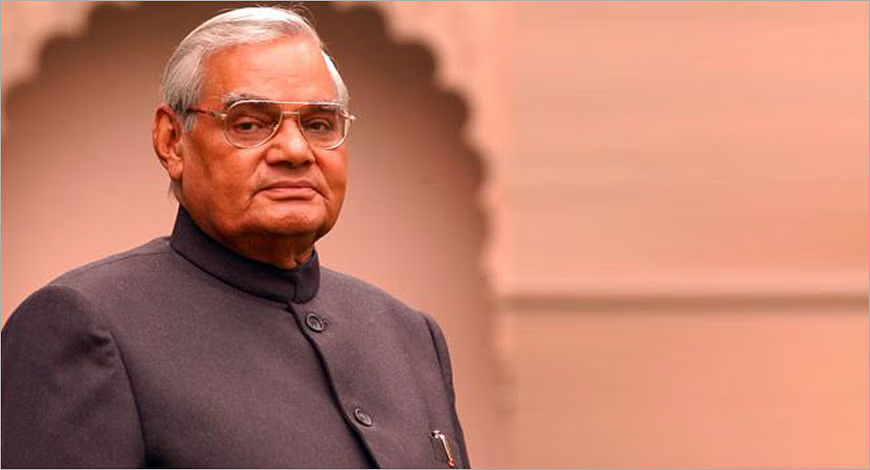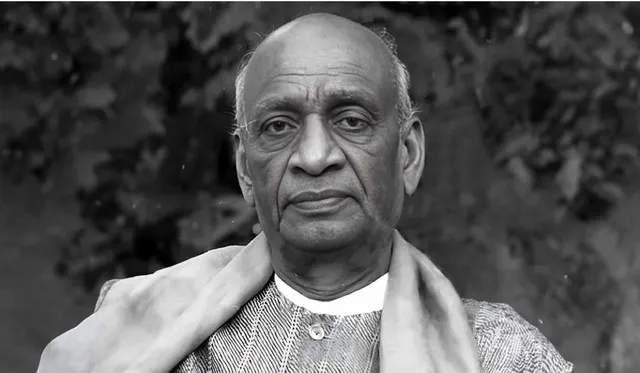Ashwini Vaishnaw Biography: Life, Political Journey, Achievements, and Legacy
Introduction
Ashwini Vaishnaw is one of India’s most dynamic leaders, known for his technocratic background, administrative experience, and vision for digital India. A former IAS officer and corporate executive, he entered politics and is currently serving as the Union Minister for Railways, Communications, and Electronics & Information Technology. The Ashwini Vaishnaw Biography reflects the journey of a scholar, bureaucrat, entrepreneur, and reformist politician who is shaping India’s digital and transportation future.
Personal Information
- Full Name: Ashwini Vaishnaw
- Date of Birth: 18 July 1970
- Birthplace: Jodhpur, Rajasthan, India
- Nationality: Indian
- Zodiac Sign: Cancer
Physical Appearance
- Height: 5 feet 9 inches (175 cm)
- Weight: Approx. 72 kg
- Hair Color: Black (partially grey)
- Eye Color: Black
- Build: Average
Early Life and Childhood
Ashwini Vaishnaw was born in Jodhpur, Rajasthan, into a middle-class family. His early years were marked by academic brilliance, discipline, and a passion for technology and public service. His upbringing instilled in him strong values of integrity, perseverance, and service to society.
Education
- Completed Bachelor of Engineering (BE) in Electronics and Communications from MBM Engineering College, Jodhpur.
- Qualified the Indian Administrative Service (IAS) in 1994, securing an All India Rank of 27.
- Pursued MBA from Wharton School, University of Pennsylvania, USA, specializing in finance and operations.
Civil Service Career
- Served as IAS officer in Odisha cadre (1994 batch).
- Held positions such as Collector of Cuttack and Balasore, where he earned a reputation for efficiency and people-centric governance.
- Worked in the Prime Minister’s Office (PMO) during Atal Bihari Vajpayee’s tenure.
- Handled policy and infrastructure projects, gaining deep insight into governance.
Corporate Career
After his IAS career, Vaishnaw moved to the private sector:
- Worked in Siemens and GE Transportation, holding leadership positions.
- Focused on infrastructure, technology, and project management.
- Later became an entrepreneur, setting up businesses in Odisha focused on infrastructure and automotive components.
Entry into Politics
- In 2019, he was elected to the Rajya Sabha from Odisha with support from the Biju Janata Dal (BJD), despite being affiliated with BJP.
- His election was seen as recognition of his technocratic expertise and administrative skills.
Union Minister
- 2021: Appointed as Union Minister for Railways, Communications, and Electronics & IT in the Narendra Modi cabinet.
- Currently leading India’s railway modernization and digital transformation initiatives.
Major Achievements
- Railway Reforms: Focused on modernization of stations, high-speed rail, and digital ticketing systems.
- Digital India Push: Strengthening cybersecurity, semiconductor manufacturing, and 5G rollout.
- Electronics Manufacturing: Promoting India as a global hub for electronics production.
- Communication Sector Reforms: Worked on reviving the telecom sector with progressive policies.
- Public Welfare: Advocated for efficient, technology-driven governance.
Challenges and Criticism
- Facing challenges in implementing bullet train projects within deadlines.
- Critics argue that railway safety and infrastructure still need more focus despite modernization efforts.
- Opposition accuses him of being more of a technocrat than a mass leader.
Personality and Leadership Style
Ashwini Vaishnaw is admired for his discipline, intellect, and problem-solving approach. Unlike many traditional politicians, he brings administrative, corporate, and academic expertise into governance. His style is pragmatic, reform-driven, and technology-focused.
Legacy and Impact
The Ashwini Vaishnaw Biography reflects the story of a scholar-administrator turned reformist politician. His vision for modern railways, a digital economy, and a global technology hub is shaping India’s 21st-century transformation. His legacy will likely be remembered for bridging governance with technology.





